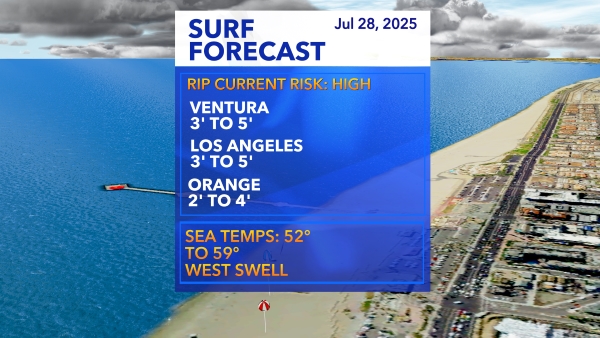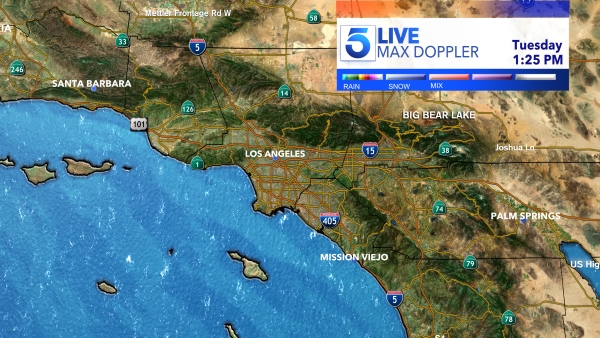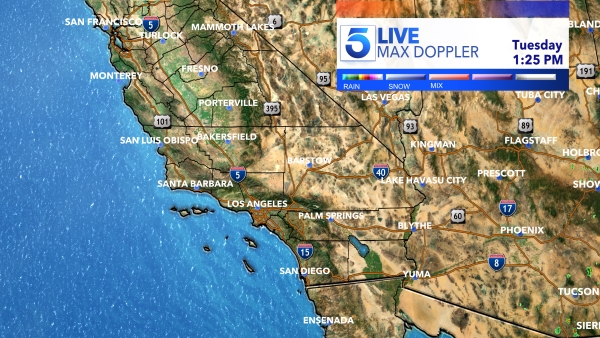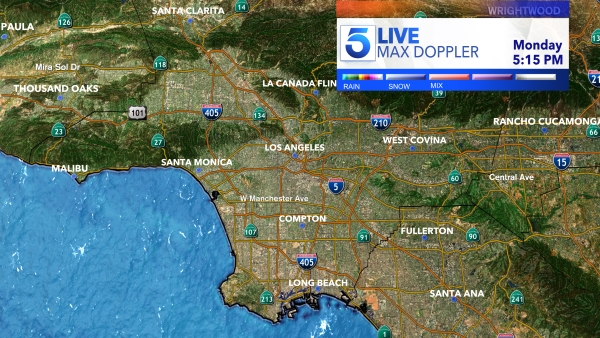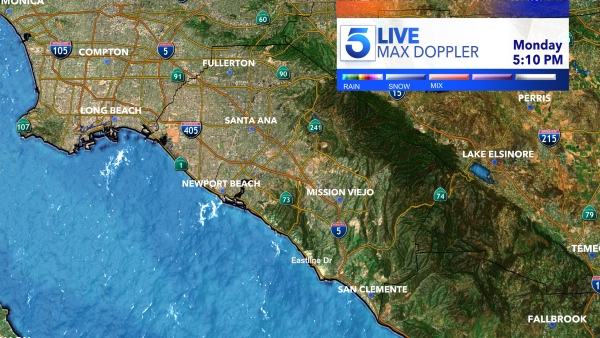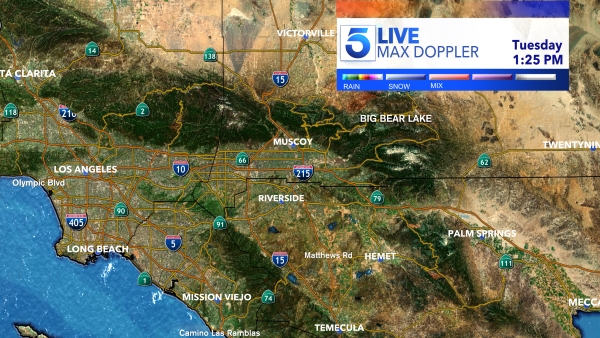Drought conditions across California continue to retreat thanks to heavy rain and historic snowfall that has battered the Golden State since late last year.
Data from the U.S. Drought Monitor released on Thursday shows that more than 50% of California is free of any drought classification for the first time since February 2020.
A small portion of northeast Los Angeles County is still considered to be “abnormally dry,” the U.S. Drought Monitor’s least severe classification.
Only 28% of the Golden State is experiencing “moderate” to “severe” drought conditions, including sections of San Bernardino, Riverside, San Diego, Inyo and Imperial counties.
In November, virtually all of California’s Central Valley was deemed to be in an “exceptional drought,” the U.S. Drought Monitor’s worst classification.


As of Thursday, California’s entire coastline was drought-free and only a small section of the Central Valley was considered “abnormally dry.” More significant drought conditions still exist in the northeastern and southeastern areas of the state.
The latest data echoes what Richard Heim, a National Oceanic and Atmospheric Administration meteorologist, predicted earlier in the month.
“The March U.S. Drought Monitor shows that drought will persist in Northern and Southern California by the end of March, but end in more of central California,” Heim said in a statement to KTLA.
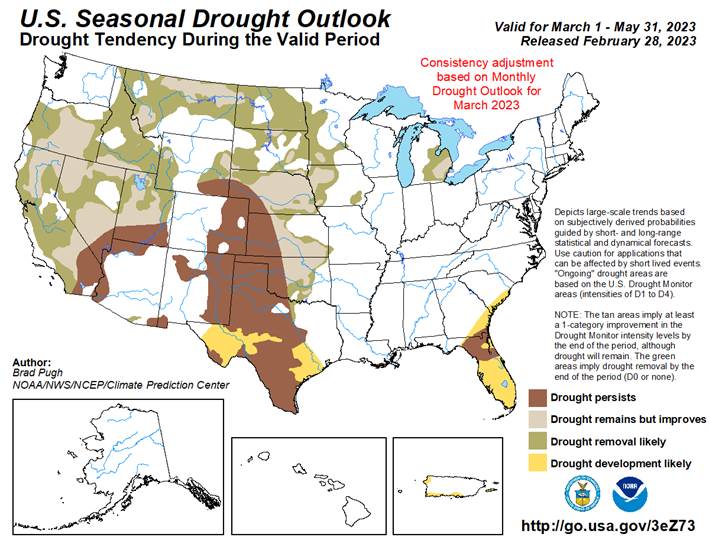
NOAA released its monthly precipitation outlook on Feb. 28, which predicted that California would experience more rainy days in March, a prediction that turned out to be true.
California’s Sierra Nevada mountains are seeing record snowpack that will eventually melt and fill the state’s reservoirs. On Wednesday, Mammoth Mountain ski resort announced it had set a new all-time snowfall record.
